
4 Blue Painter’s Tape Hacks for 2025 | Avoid Peeling & Bleed-Through
We know that time is money when working on a painting project, so we wanted to share some best practices for using blue painter's tape, the most commonly used masking tape by painters worldwide.
That's because it's affordable, easy to use, and has a wide range of applications and uses. It is a Renovation Essential in every household.
But what exactly is blue painter's tape? And what makes it so widely used?
Blue painter's tape is made of a crepe paper, coated with a water-based acrylic adhesive.
It is used to help achieve clean lines and sharp results in painting projects, in both commercial and DIY applications.
It's also called painter's masking tape because it enables you to use paint without getting it on other things you're not looking to get paint on!
The key thing to know about this surface protection tape, is that it sticks firmly onto multiple textures and surfaces — damage-free and residue-free, for a stress-free application and removal.
This makes it ideal for use around the home, especially during projects like painting floors or walls/trim.

2025 best practices when using Blue Painter's Tape:
1. Slowly pat the tape down to the surface: Avoid Bubbles and wrinkles
Painting around door frames, molding, and ceiling corners can be tricky because they often have uneven surfaces that leave gaps between the tape and wall.
To avoid this problem, slowly pat down each piece of tape to ensure a good seal around these areas. Patting gently will help prevent air bubbles from being trapped under the tape, which causes wrinkles in paint coverage.
2. Protect your doorknobs, fixtures, outlets, and light switches:
Blue painter's tape is not just used on walls during painting projects; it can also be used as masking tape on doors, light switches, outlets, and other surfaces that might get covered in paint splatters or drips while you're working.
Protecting these items with this low-tack tape will keep them clean so you can guarantee a quality result every time!
3. Avoid getting too much paint on the tape:
This edge-lock tape is designed to keep paint off certain areas while painting.
The problem is that if you put too much paint on it, paint bleeding is more likely to occur.
If you see this happening, simply wipe it off with a damp rag (always keep one nearby when painting) before it dries and proceed with thinner layers of paint.

4. Remove the tape slowly when the paint is still slightly wet:
After extensive testing, our tape experts have found that the best time to remove painter's tape is when the paint is still mildly wet (30-60 min. after paint application).
The best way to do this is by peeling it off slowly (the faster you do it the more likely adhesive residue or surface damage it is to occur), starting at the top, and working your way down.
Should I wait until paint dries to remove the tape? Or is it best to peel the tape off while it's still wet?
Removing painter’s tape at the right time is key to achieving clean, professional-looking results. If removed too early, the paint may smudge; if left on too long, it can peel or tear the paint.
Follow these tips to ensure a smooth removal process:
- For crisp lines: Remove the tape while the paint is still slightly wet (typically within 30-60 minutes after painting). This prevents the paint from peeling or cracking along the edges.
- If the paint is already dry: Score along the tape edge with a razor blade or utility knife before peeling it off. This prevents tearing or chipping.
If you’re using multiple coats, check if the manufacturer recommends removing the tape between coats or after the final coat has dried.
Our Product Recommendations:
When it comes to picking the best painter's tape, there are a lot of options out there.
But if you're looking for a great all-around choice at a reasonable, Tape Providers™ Blue Painter's Tape is the way to go.
- It sticks well and doesn't damage or peel the surface
- No-bleed through technology.
- Has been our tape experts' go-to tape for years.
- Mainly used for indoor painting on most surfaces.
- 100% made in the USA, so you don't have to worry about quality control issues, and you can feel good because you're supporting your local economy!
Our Green Painter's Tape is another option that works well outdoors and is perfect for making surfaces look fantastic.
- Thicker than its blue counterpart
- It also provides better protection against bleeding paint
- Better suited for on outdoor applications where bleeding will be an issue (like painting a roof).

Our Final Remarks
Simply put, painter's tape is a nearly-essential tool for all painting projects.
It's the perfect way to ensure that your paint job is sleek and precise, without worrying about whether or not the tape will stay put or if you're going to dirty the adjacent wall.
If you're looking for a reliable source of blue painter's tape, look no further than Tape Providers.
Contact us today with any questions or place your order online. If you need a custom size, bulk pricing, or special requests, let us know—we’ll get back to you right away!
Product Catalog
-
Original price $1.40 - Original price $308.88Original price $1.40 - Original price $308.88Original price $163.80As low as: $1.40$1.40 - $237.60Current price $1.40
Colored Electrical Tape - Standard Grade - 66 feet | ETC766MS
Designed for professional and general-purpose use, it comes inOSHA-approved colors and is UL/CSA certified for safety...
View full details -
Original price $21.99 - Original price $579.99Original price $21.99 - Original price $579.99Original price $21.99As low as: $11.58$11.58 - $417.53Current price $11.58
Anti Slip Grip Tape - 20 yards | AST32
Key Features 60-Grit Silicone Carbide: Texture provides excellent grip and traction for added slip resistance (s...
View full details -
Original price $3.85 - Original price $627.20Original price $3.85 - Original price $627.20Original price $222.40As low as: $3.85$3.85 - $482.46Current price $3.85
Black PVC Foam Weather Stripping Tape | SSLDFT (Made in USA)
Black PVC Foam Tape Light Compression Our Weather Stripping Tape is a closed-cell foam* with a strong acrylic adhesi...
View full details -
Original price $1.40 - Original price $172.80Original priceAs low as: $1.40$1.40 - $172.80Current price $1.40
5 Mil Vinyl Pinstripe Floor-Marking Tape - 36 yards | VTC365 (1/4" to 6" Wide)
Our WOD VTC365 Colored Vinyl Tape is durable and long-lasting. It's easy to write on and provides excellent protectio...
View full details -
Original price $3.74 - Original price $599.04Original priceAs low as: $3.74$3.74 - $599.04Current price $3.74
Engineering Grade Reflective Tape - 10 yards | RTC7
Engineering Grade Reflective Tape: the go-to solution for both permanent and temporary traffic signage, offering unma...
View full details -
Original price $1.43 - Original price $287.76Original priceAs low as: $1.43$1.43 - $287.76Current price $1.43
Metalized Polyester Mylar Film Tape | MPFT1 (72 yd)
Metalized Tape - Shiny Polyester Mylar Film Tape WOD MPFT1 Metalized Polyester Film Tape features a brilliant, mirror...
View full details -
Original price $14.55 - Original price $223.78Original priceAs low as: $14.55$14.55 - $223.78Current price $14.55
Colored Duct Tape - Industrial Grade - 60FT | DTC10 (2.5" to 6" wide)
INDUSTRIAL GRADE DUCT TAPE Key Features Upgrade to Industrial Strength With DTC10 – Superior Durability, Stronger ...
View full details -
Original price $11.87 - Original price $446.40Original price $11.87 - Original price $446.40Original price $11.87As low as: $4.03$4.03 - $334.62Current price $4.03
Gaffer Tape - Standard Grade - 60 FT | GTC12 (0.5" to 49" wide)
Standard grade gaffer tape designed for professional use: your go-to solution for film productions, theater setups, a...
View full details -
Original price $1.63 - Original price $240.00Original priceAs low as: $1.63$1.63 - $240.00Current price $1.63
Colored Masking Tape - All Purpose | MTC5 (Made in USA)
MTC5 Colored Masking Tape A versatile, high-performance crepe paper tape designed for painting, labeling, arts & ...
View full details -
Original price $4.08 - Original price $409.67Original price $4.08 - Original price $409.67Original price $265.64As low as: $4.08$4.08 - $315.13Current price $4.08
Bi-Directional Filament Tape | BFST47
Bi Directional Filament Tape WOD BFST47 Bi Directional Filament Tape is designed for highly demanding applications su...
View full details


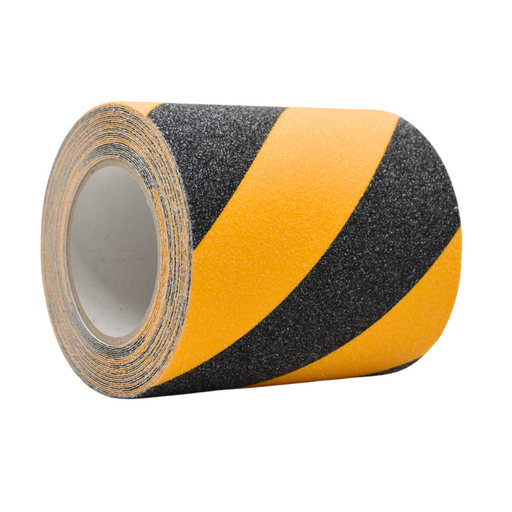
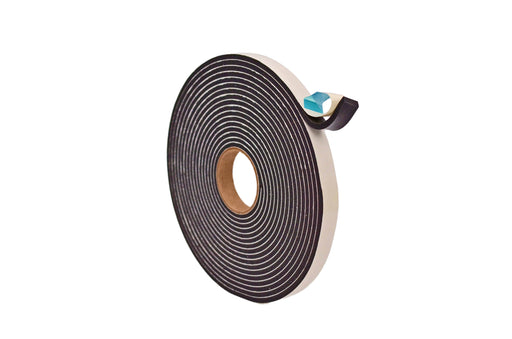
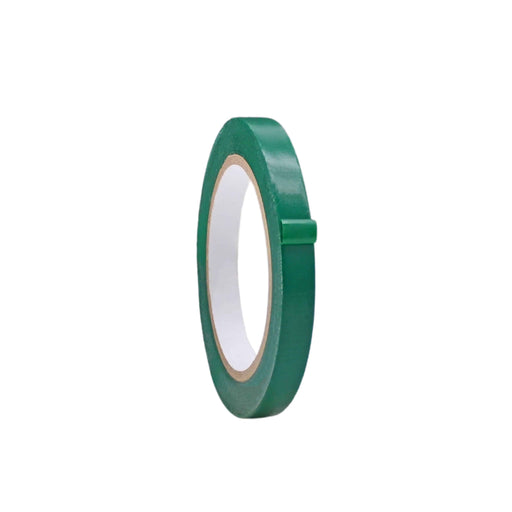
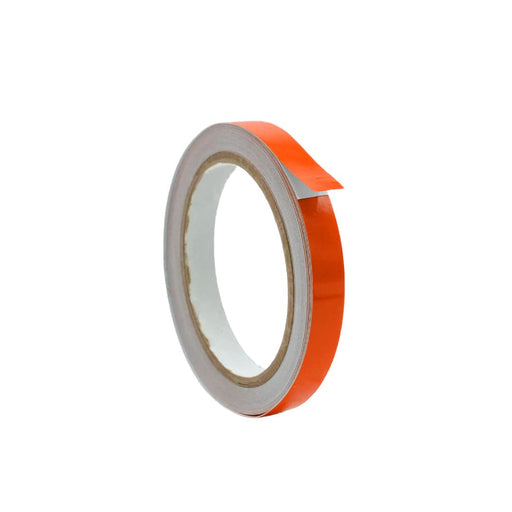
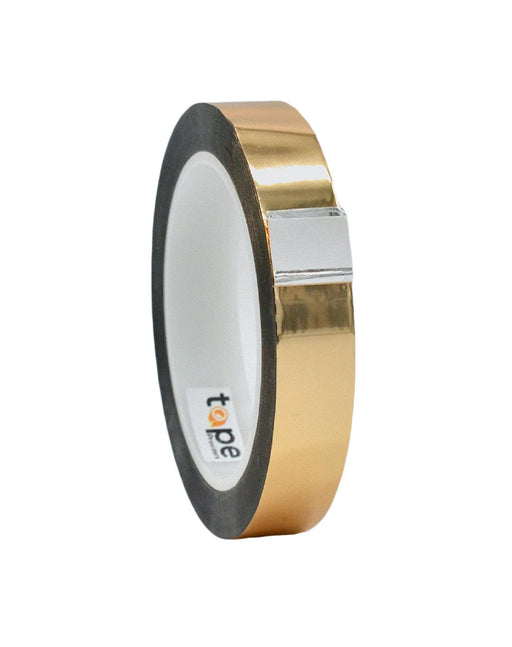

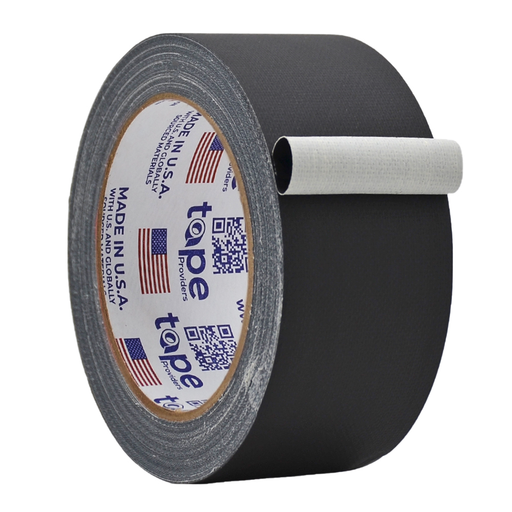
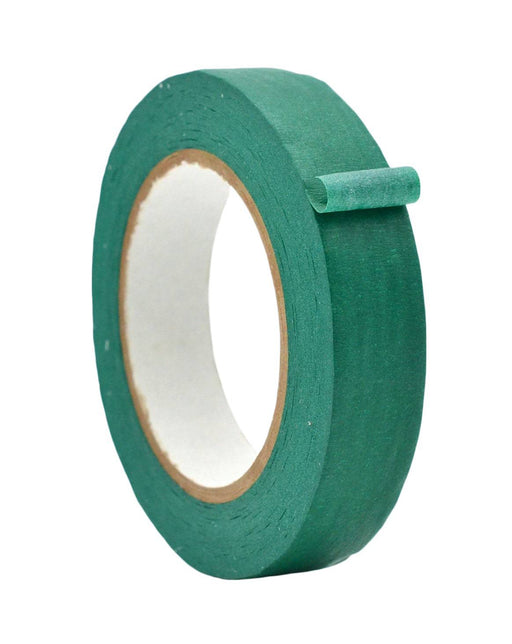
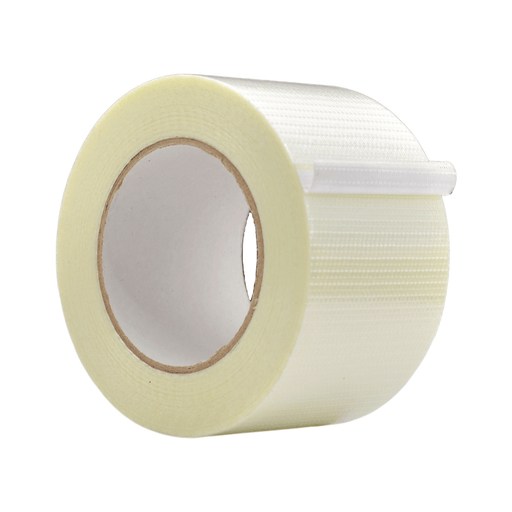
Leave a comment